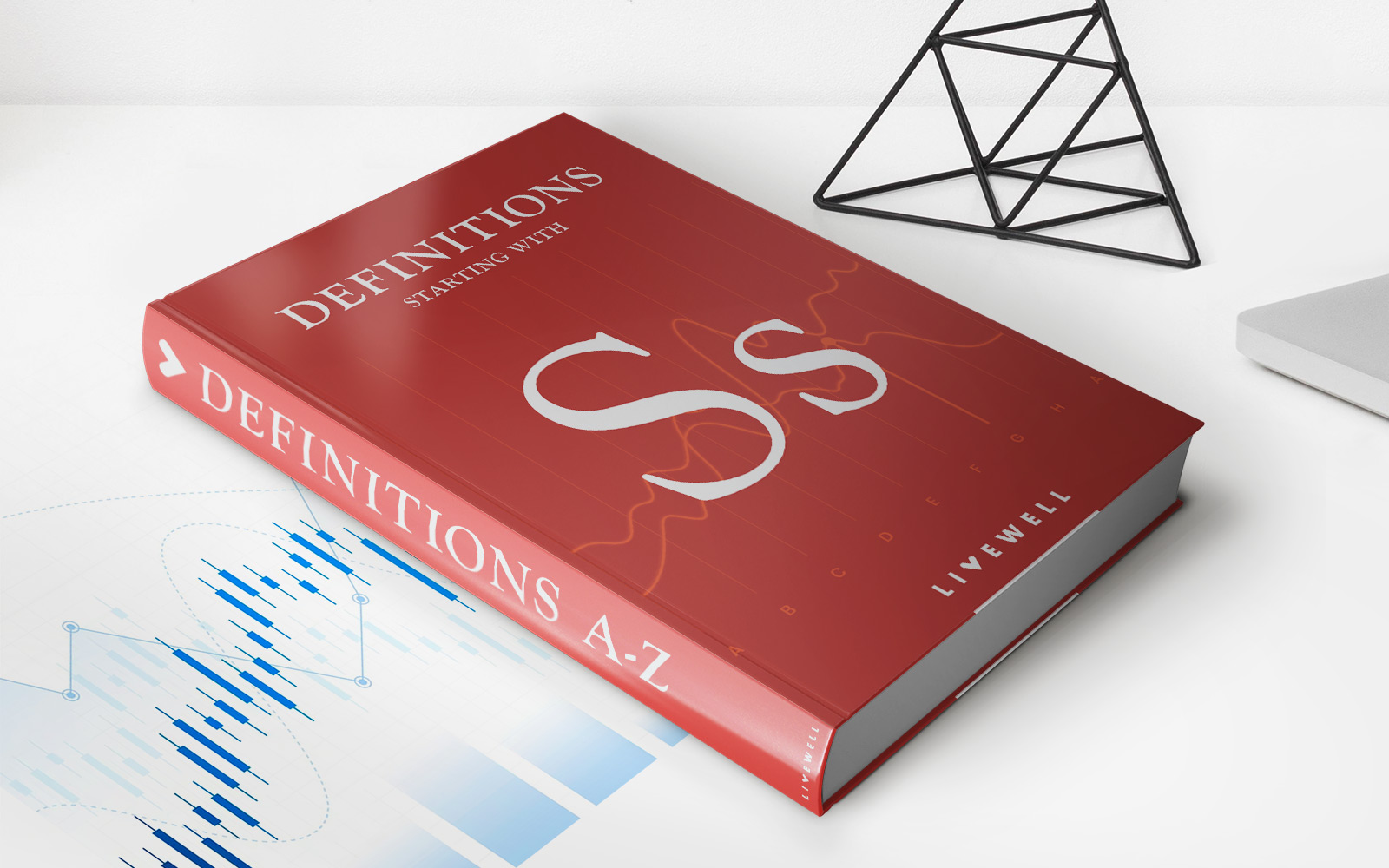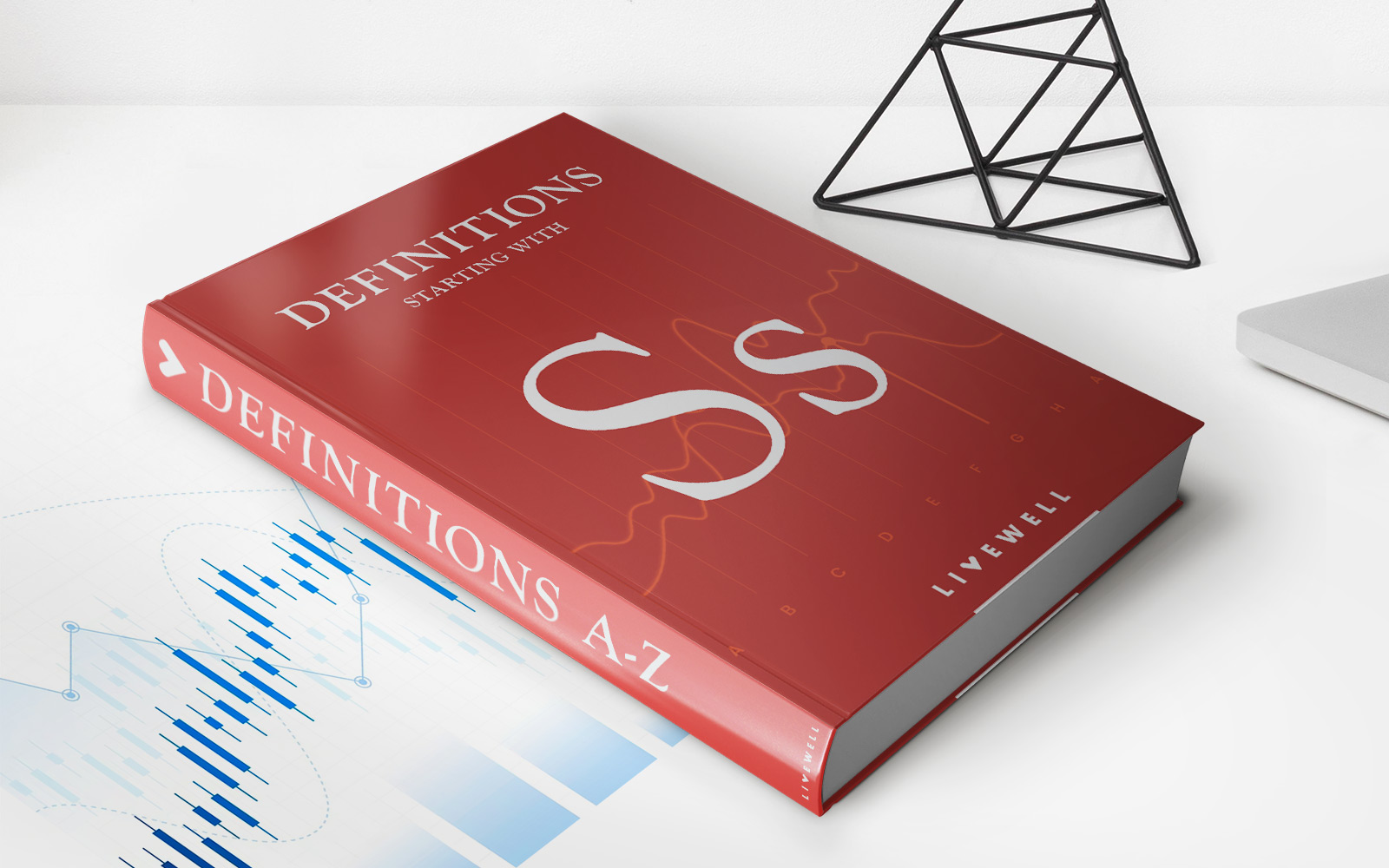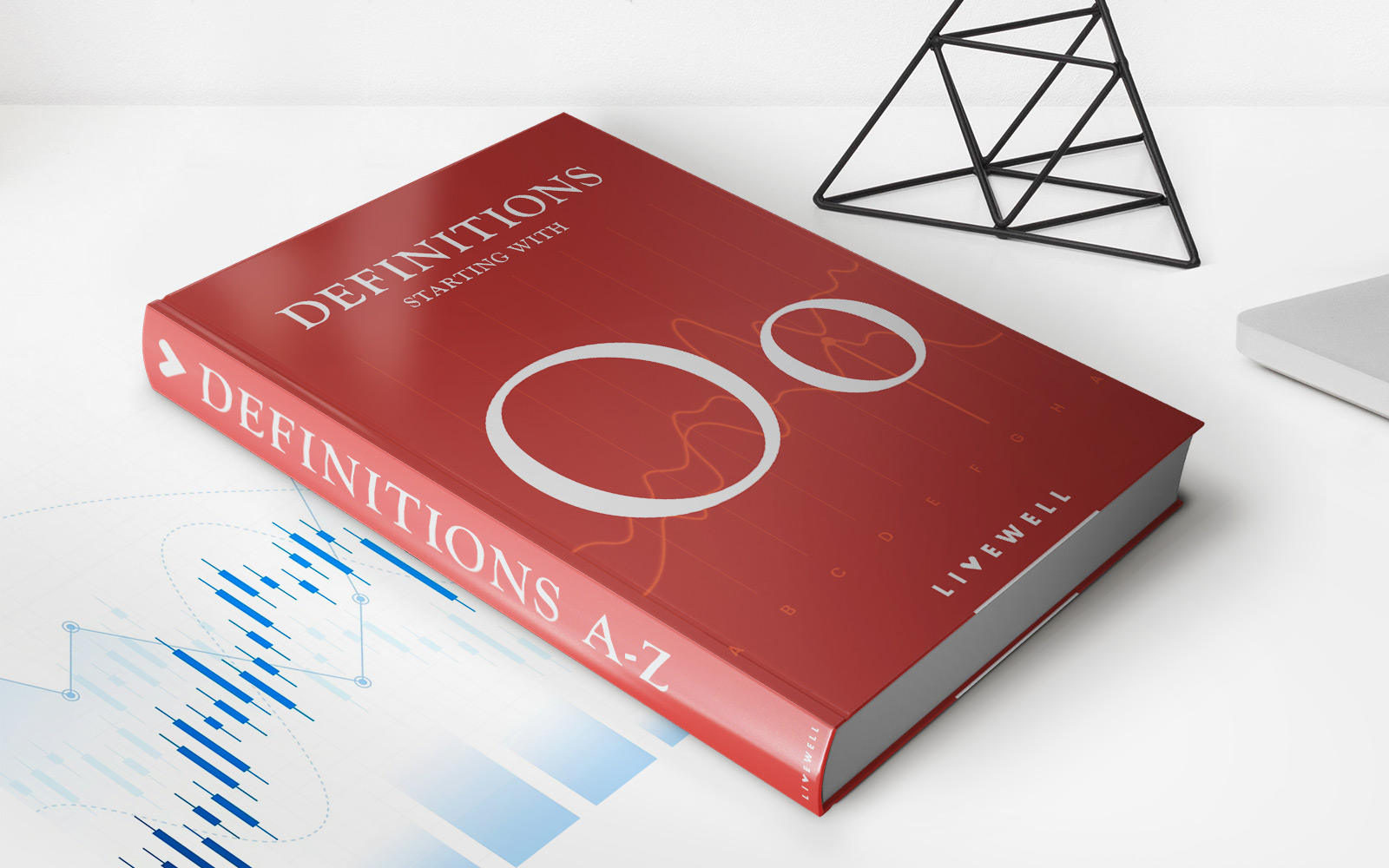Home>Finance>SPAN Margin: Definition, How It Works, Advantages


Finance
SPAN Margin: Definition, How It Works, Advantages
Published: January 31, 2024
Learn about the definition, working principles, and advantages of margin in finance. Discover how margin trading can enhance your investments. Gain insights into using margin effectively in financial markets.
(Many of the links in this article redirect to a specific reviewed product. Your purchase of these products through affiliate links helps to generate commission for LiveWell, at no extra cost. Learn more)
Understanding SPAN Margin: Definition, How It Works, Advantages
Welcome to our blog post on SPAN margin, an important concept in the world of finance. In this article, we will explore the definition of SPAN margin, how it works, and the advantages it offers. So, let’s dive right in!
Key Takeaways
- SPAN margin is a risk-based margining system used by exchanges to calculate the amount of margin required for futures and options positions.
- It takes into account a wide range of factors, including price volatility, the correlation of assets, and potential market moves.
What is SPAN Margin?
SPAN Margin stands for Standard Portfolio Analysis of Risk Margin. It is a risk-based margining system that is widely used by exchanges to determine the amount of margin required for futures and options positions. The goal of SPAN margin is to ensure that market participants have enough capital to cover potential losses in the event of adverse price movements.
The SPAN margin calculation takes into account several factors, such as price volatility, correlation of assets, and potential market moves. By considering these factors, SPAN margin provides a more accurate assessment of the risk associated with a particular position, compared to simpler margining systems.
How Does SPAN Margin Work?
SPAN margin works by simulating thousands of possible price scenarios and calculating the potential loss that could occur for each scenario. It does this by analyzing historical price data, market volatility, and other relevant factors.
Here’s a simplified breakdown of how SPAN margin works:
- The system takes into account the price volatility of each individual asset or contract.
- It then looks at the correlation between different assets in a portfolio to determine how they may behave in relation to each other.
- Next, it simulates various market scenarios to calculate the potential loss that could occur for each position.
- Based on these calculations, SPAN margin determines the total margin requirement for the portfolio.
Advantages of SPAN Margin
SPAN margin offers several advantages over traditional margining systems:
- Accuracy: SPAN margin provides a more accurate assessment of risk by considering a wide range of factors, including price volatility, correlation of assets, and potential market moves.
- Efficiency: By simulating multiple price scenarios, SPAN margin takes into account the potential impact of extreme market conditions, which helps in determining adequate margin requirements.
- Risk Control: SPAN margin helps market participants control their risk exposure by ensuring that they have enough capital to cover potential losses.
In conclusion, SPAN margin is a powerful risk-based margining system that plays a crucial role in ensuring the stability and integrity of financial markets. By accurately assessing the risks associated with futures and options positions, SPAN margin provides market participants with the confidence they need to trade with peace of mind.














